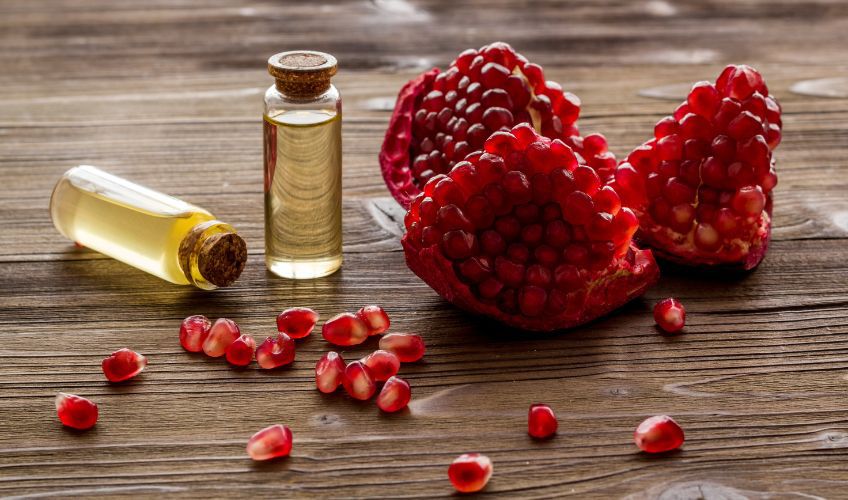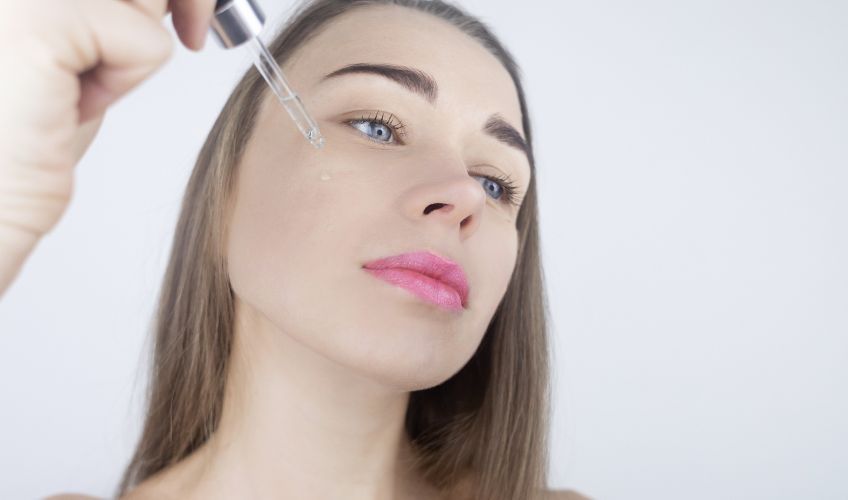Everyone desires healthy, clear, and radiant skin, but are we actually striving to achieve it? Although numerous skincare products are available, do we truly understand the proper way to use them? This article examines the use of AHA and BHA in tandem, along with their benefits and potential side effects.
Healthy skin not only boosts our appearance but also enhances our confidence, making it highly sought after. Several factors, such as hormonal imbalances, UV exposure, and environmental stressors, can make our skin appear dull and lifeless. To combat this, a variety of skincare products containing different chemical compounds are available, including AHA (1) (alpha hydroxy acids) and BHA (2) (beta hydroxy acids).
These ingredients are renowned for their wide-ranging benefits for the skin. They can significantly improve skin texture and clarity when used appropriately.
Indeed, you can incorporate both of these products into your skincare routine, but it should be done under professional guidance. Using them together can offer various advantages for your skin.
Before we explore how to use AHA and BHA simultaneously, let’s delve into the science behind these compounds and understand their skin benefits.
Using AHA and BHA together?

Alpha hydroxy acids are a collection of acids derived from plants and animals, frequently used in skincare products. AHAs are found in everyday anti-aging products like serums, toners, creams, and occasionally in more concentrated forms such as chemical peels.
There are seven common types of AHAs used in skincare products:
- Citric acid (sourced from citrus fruits).
- Glycolic acid (sourced from sugar cane).
- Hydroxycaproic acid (sourced from royal jelly).
- Hydroxycaprylic acid (sourced from animal sources).
- Lactic acid (sourced from lactose or other carbohydrates).
- Malic acid (sourced from fruits).
- Tartaric acid (sourced from grapes).
Various studies have been conducted to examine the uses and effectiveness of AHAs
Of all the available AHAs, glycolic and lactic acids are the most promising and have been subjects of extensive study.
In addition, these two AHAs tend to be gentler on the skin, making them less likely to cause irritation. Therefore, most over-the-counter (OTC) products with AHAs typically contain either glycolic or lactic acid.
BHAs are designed for daily use, but at first, it might be best to apply them a few times a week until your skin gets used to them. Although BHAs do not make your skin as sun-sensitive as AHAs do, it is still crucial to use sunscreen daily to avoid further sun damage.
BHA (beta hydroxy acids)

The commonly used BHAs (4) include:
- Salicylic acid (or its variants like salicylate, sodium salicylate, and willow extract)
- Beta-hydroxybutyric acid
- Tropic acid
- Trethocanic acid
Among these, salicylic acid is the most prevalent BHA in cosmetics and skincare products.
Benefits of using AHA and BHA together
Combining AHA and BHA can offer a range of advantages, such as:
1. Exfoliates the Skin
AHA works on exfoliating the skin’s surface, while BHA penetrates the pores. This synergy leads to smoother, healthier skin.
2. Enhance Skin Texture
By using this combination, your skin can become more even in texture and tone. Regular application can not only enhance skin texture but also ensure uniform skin tone and improved hydration.
3. Treat Acne and Blackheads
BHA is particularly effective for treating acne and blackheads, whereas AHA can help diminish hyperpigmentation. Utilizing both can address various skin issues simultaneously.
4. Reduce Anti-aging Effects
AHA plays a role in minimizing the appearance of fine lines and wrinkles, while BHA helps in enhancing skin firmness and elasticity.
Potential side effects of using AHA and BHA together
Although the combination of AHA and BHA offers numerous benefits, caution is needed due to potential risks. Here are some possible side effects to be mindful of:
1. Irritation on Skin
Using AHA and BHA together can heighten the risk of skin irritation. It’s advisable to perform a patch test before full facial application. Start with a lower concentration and slowly increase usage frequency to allow your skin to adapt.
2. Over-exfoliate
Being chemical exfoliants, AHAs and BHAs can over-exfoliate and damage the skin barrier if used excessively. This can lead to increased sensitivity and redness. It’s important to monitor your skin’s response and adjust your skincare routine accordingly.If you notice any symptoms of over-exfoliation, discontinue use right away.
3. Sensitivity from the Sun
AHA and BHA are chemical exfoliants that can increase sun sensitivity; therefore, it is crucial to apply sunscreen daily when using these products alone or combined.
How to Use Aha and Bha Together?
For safe and effective use of AHA and BHA together, keep these tips in mind:
1. Choose the Right Concentration
Begin with products that have a low concentration to minimize the risk of skin irritation.
2. Use Sunscreen Daily
Over-exfoliation with AHA and BHA can also heighten sun sensitivity. To avoid this, ensure you use sunscreen every day.
3. Monitor Your Skin
Monitor how your skin reacts to AHA and BHA. If you notice dryness, redness, or irritation, reduce how often you use the products or consult a dermatologist.
Conclusion
Combining AHA and BHA can yield effective results, but it's important to follow safety precautions. Choose AHA and BHA products from reputable brands and perform a patch test before applying them to your entire face. Seek advice from a dermatologist if you experience excessive irritation.
Related Articles
What are the Differences between Essence and Serum for Skin?
How to Use Retinol and Tretinoin Together? and Benefits
